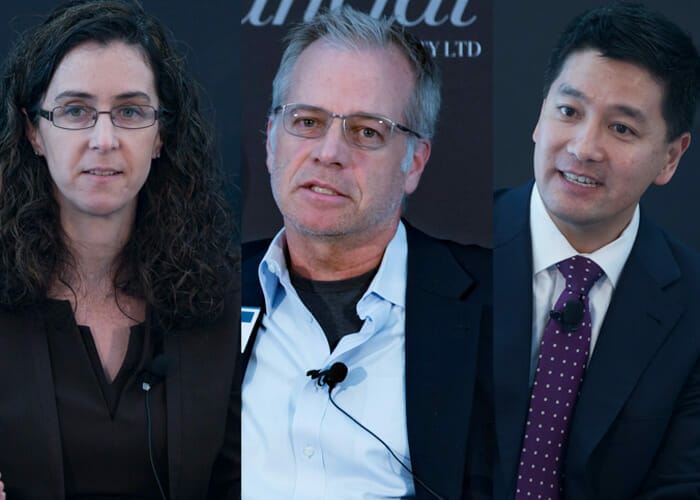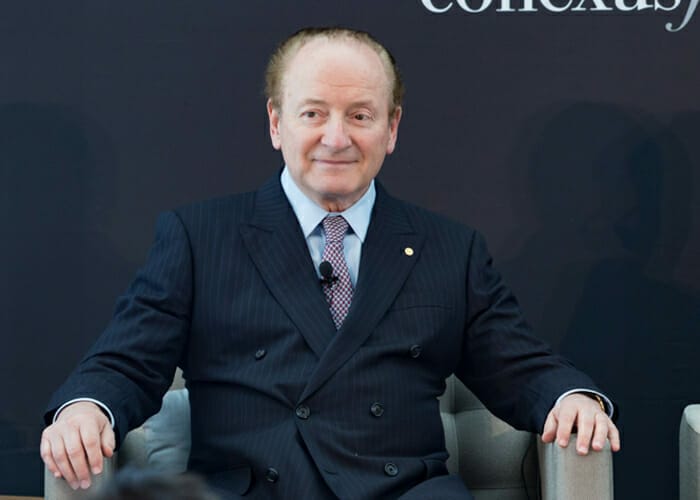Investors, including the $194 billion State Board of Administration of Florida (SBA), are using factor analysis to select active managers and negotiate fees.
Alison Romano, who heads up the global equity group at SBA, looking after about $90 billion, said decomposing active manager returns is an important part of manager selection and portfolio construction.
“Am I getting returns from my traditional active managers that I should, or am I paying them for basic factor returns? I don’t want to give away what I’m getting in fees,” she said, speaking on a panel during the Fiduciary Investors Symposium at the Massachusetts Institute of Technology. “We have fundamental and quant managers and as we’ve decomposed those returns, we have had very constructive conversations with managers. We say, ‘We’ll pay you for what you’re adding but not for what we can get more cheaply.’ And we’ve been able to get reductions in fees, and that’s a big part of generating the excess return.”
Romano said this decomposition of returns, along with analysis, has allowed the fund to be more selective when hiring managers.
SBA manages about 42 per cent of its equities portfolio in-house, including a factor portfolio where it aims to access the rebalancing premium, rather than trying to time factors.
Andrew Ang, managing director and head of factor investing at BlackRock, spoke on the panel as well, agreeing that paying for what you get is an important consideration.
“There are many reasons you’d hire an active manager,” Ang said. “One way to think about alpha is that it is not broad and persistent, like factors are. You can produce alpha with data and machine learning, or through stock picking, but the things we’ve been talking about we’ve known since the 1950s, and we have well-established criteria to measure.
“If you can add value beyond [factors], which are broad and persistent, then of course it’s important to add those things, but the most important thing is paying the right price.”
The charade of skill
Also speaking on the panel, John Skjervem, chief investment officer of the $94 billion Oregon State Treasury and a graduate of the University of Chicago, said his experience had shown that, most of the time, active managers don’t produce any excess return outside of factors.
“I think the more important issue is the charade of skill,” Skjervem said. “The application of skill is such a charade that, more than anything, factor investing is a lens into exposing that charade.
“Factor investing, by circumstance, has been in my DNA for a long time. I’ve been fighting a 20-year battle against traditional active management, after being taught the skills at the University of Chicago, the simple multi-regression skills, to reveal what was really going on.”
Ang, who before joining BlackRock two years ago was a prolific academic as professor of finance at Columbia University, has advocated for factor investing and said there are many ways to use it.
But for the handful of funds employing it heavily, like the Canadian Pension Plan Investment Board, Singapore’s GIC, Norway’s sovereign wealth fund, and Japan’s GPIF, factor investing has become something beyond a portfolio construction technique, risk-management tool or investment strategy, per se.
“It has become part of their culture, an organising culture that looks at the way different people work,” Ang explained.
He said looking at a total portfolio through a factor lens, rather than an asset-class lens, can produce superior investment outcomes and that factors can enhance asset allocation decisions by highlighting portfolio-level sensitivities to markets and events. (See Total portfolio factor not just asset allocation)
“We can look at factors in different ways,” he said. “What’s dominated so far is equities but the concepts of buying cheap or finding high-quality names are extending to fixed income, and even private markets. The frontier is using them in total portfolio solutions, recognising you get growth in both private and public markets. If you want to buy cheap, for example, why constrain yourself to just equities?
“One question is does it add anything? Aren’t they just assets, asset classes, at the end of the day? But thinking about how to construct the portfolio in assets or asset classes or factors makes a big difference. If you don’t take into consideration these drivers, you will double-count growth in public and private and you open yourself up to unintended risks.”




